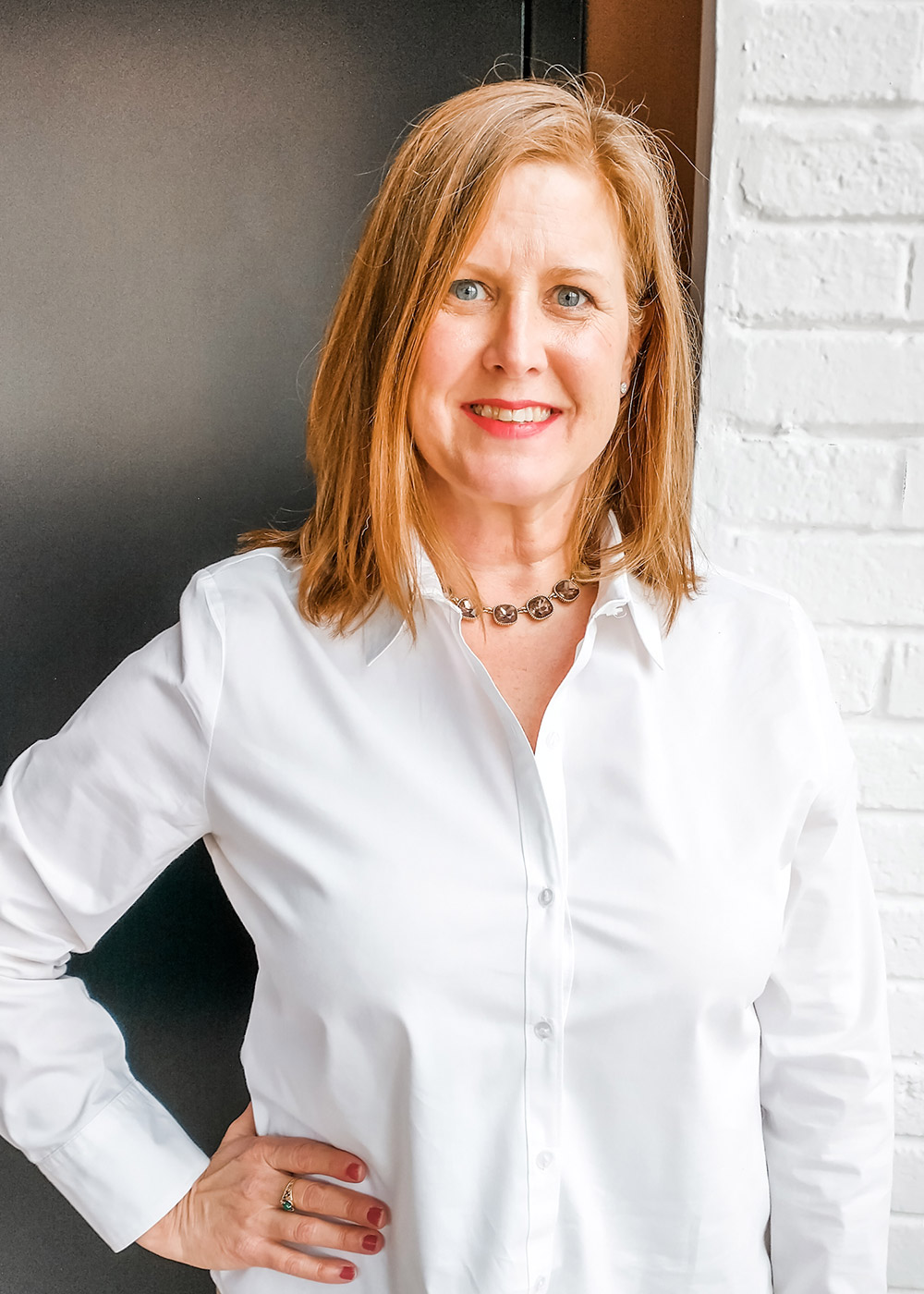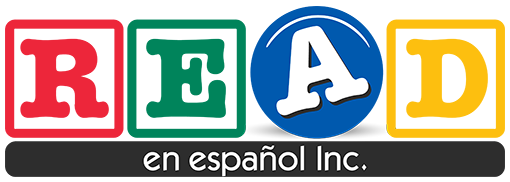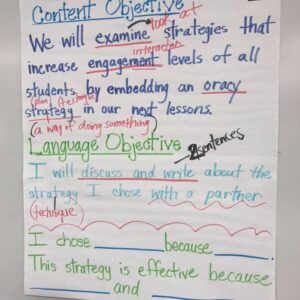This post focuses on increasing the benefits of using Content and Language Objectives with your students. I have often stated that COLOs (Content and Language Objectives) should not only be used to set the scene for lessons but should also be revisited at the end of the lesson. This is a great teaching opportunity. Here is what it might sound like in the classroom with the following objectives:
Content Objectives:
I can order numbers from least to greatest.
I can use く, >, = to make each sentence true.
Language Objectives:
I can explain to a partner why my statements are true using a number line.
| Teacher: Class, did we meet all of our objectives today? |
| Student: The first two we did but not really the language objective. |
| Teacher: Why didn’t we meet the objective of “explaining to a partner why our statements were true using a number line”? |
| Student: We ran out of time. Some of us didn’t know how to use the numberline. |
| Teacher: You’re right! It was easier for us to put the numbers in order but when we had to use the number line to show our thinking, we got stuck. So this objective will still be here tomorrow. Now that we got more practice using the number line as we talk about Math, I am sure we will reach our target tomorrow! |
Another way COLOs can be used to maximize student use of academic language is by conducting a language dive on the objectives. After teacher shares the objectives and students read the objectives, the teacher can dive into the language that is used within the objectives. All COLOs will contain a language function (compare, analyze, categorize) that can be explained to make the target even more clear to the students. Teachers can annotate the objectives as seen here using posters created for adult participants in a PD session I conducted.
Not only did we talk about the language function but also defined some words within the content stem and I added a quantity of sentences required in writing as stated in the language objective.
Any teacher can conduct a language dive on their COLOS!
During the presentation, I wanted participants to share techniques they already successfully implemented in their classrooms or which techniques they may have never heard of (related back to our objectives). The third poster shows the sentence frames participants used during that discussion.
Sentence frames can benefit all learners and provide a structure for students to use with their newly acquired academic language. At the end of my session with teachers, I asked how many of the participants referenced the sentence frames. The large majority of teachers used the sentence frames stating these reasons:
- It was nice to have a model sentence to follow.
- The expectation of what was to be discussed was clear.
- It was a comfort to have a place to set their gaze as they worked with some unfamiliar faces.
Sentence frames provide students with a structure for using academic language on their own.
Share This Post

About Sara
Expert Consultant in Bilingual Education for Multilingual Learners
I have dedicated my time to researching and learning how best to teach reading to Spanish-speaking students. My goal as an independent consultant is to empower teachers to know better and thus to do better.

